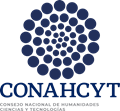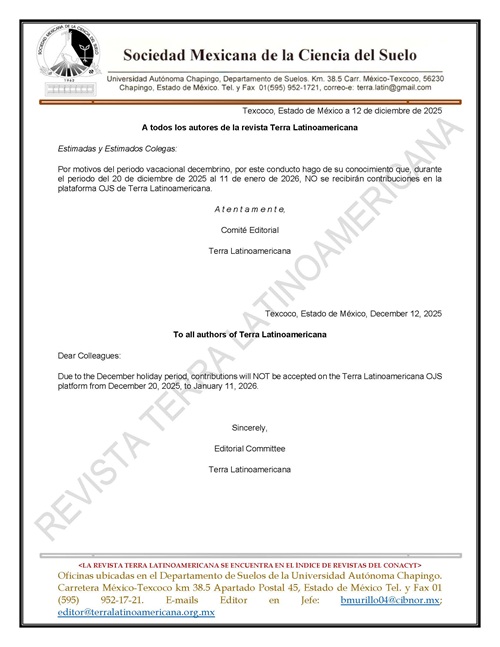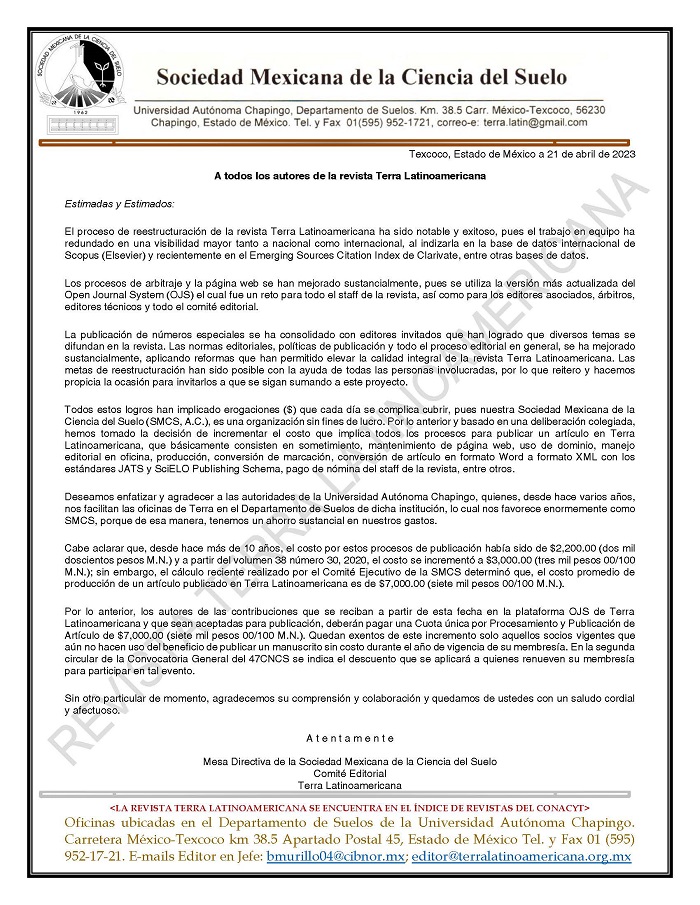Coffee agroforestry systems in Veracruz, Mexico: spatial identification and quantification using GIS, remote sensing and local knowledge
DOI:
https://doi.org/10.28940/terra.v36i3.350Keywords:
interpretative classif ication, analysis of satellite images, spot 5, mesophilic mountain forestsAbstract
The mountainous region of Veracruz is a complex ecosystem due to its physiography and natural vegetation where agroforestry coffee production systems occur that are of high economic value for producers. These systems have multiple biotic and abiotic factors that hinder their zoning and classif ication, and therefore, the transfer of technology between producers and technicians is limited. The objective of the present investigation was to generate thematic maps of the distribution and aptitude of the land with productive potential for coffee cultivation in the agroforestry systems of the mountainous area of the municipality of Huatusco, Veracruz. For this, remote perception analysis (PR) techniques were used, with a parametric approach on Geographic Information Systems (GIS), interpretative land classif ication and local knowledge. Two agroforestry components are presented in the study area: mountain mesophilic forest (BMM) (27%) and paddock (Pot) (16%) and three subcomponents: traditional polyculture (Pt), commercial polyculture (Pc) (36%), specialized monoculture (Me) (3%) and urban areas (Zu) (2.9%), identif ied by their brilliance and texture in a satellite image; however, there is confusion between native and commercial vegetation. With the participation of the producers, these components were identif ied with an accuracy of 78.9% (Pc), 87.5% (Pt) and 100% (BMM, Pot, Me). The area of greatest aptitude for coffee production is located in the central zone (23%); while those of low quality are in the center and northeast (45.5%) of the municipality. BMMs occur in areas not suitable for coffee production. The combination of geospatial techniques with local knowledge of land aptitude allows identif ication of areas with agricultural potential for coffee production, providing elements for conservation of other environments such as the BMM.Downloads
Publication Facts
Reviewer profiles N/A
Author statements
- Academic society
- Terra Latinoamericana
- Publisher
- Mexican Society of Soil Science, C.A.

















